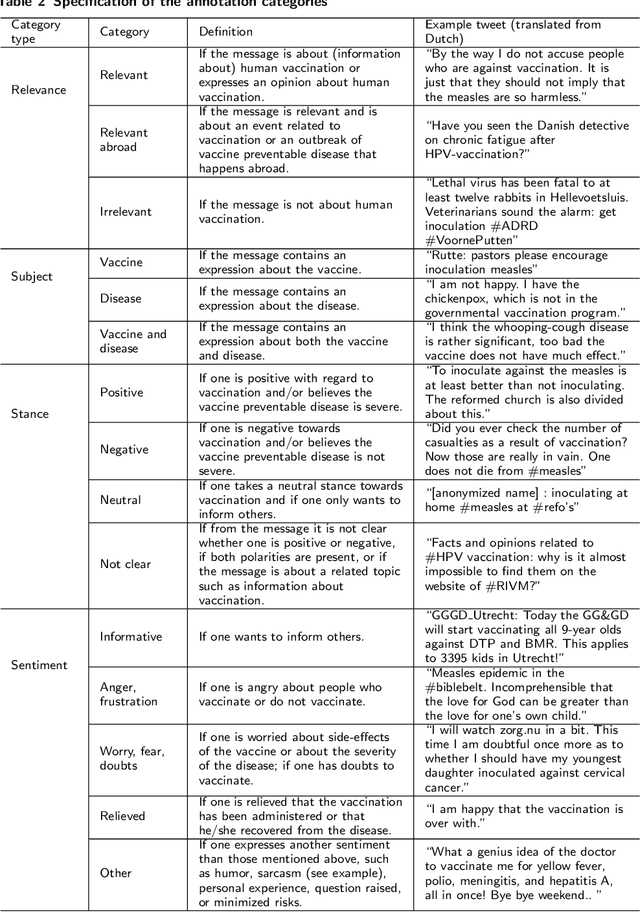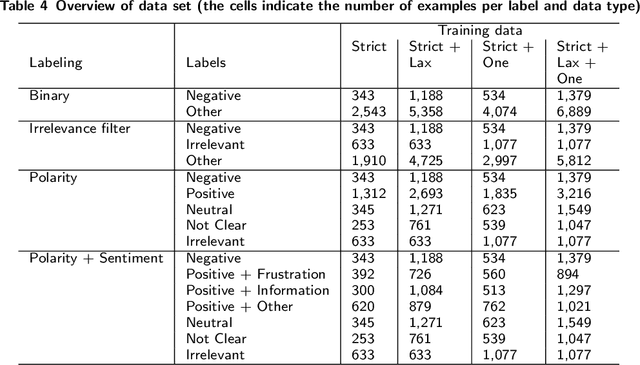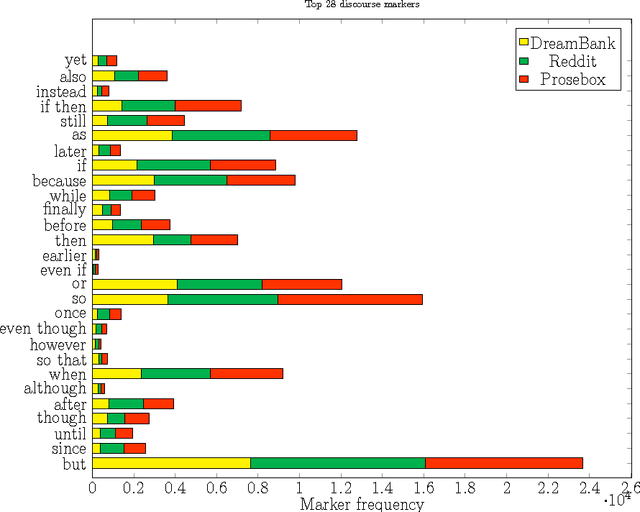Florian Kunneman
Single-Channel Robot Ego-Speech Filtering during Human-Robot Interaction
Mar 05, 2024Abstract:In this paper, we study how well human speech can automatically be filtered when this overlaps with the voice and fan noise of a social robot, Pepper. We ultimately aim for an HRI scenario where the microphone can remain open when the robot is speaking, enabling a more natural turn-taking scheme where the human can interrupt the robot. To respond appropriately, the robot would need to understand what the interlocutor said in the overlapping part of the speech, which can be accomplished by target speech extraction (TSE). To investigate how well TSE can be accomplished in the context of the popular social robot Pepper, we set out to manufacture a datase composed of a mixture of recorded speech of Pepper itself, its fan noise (which is close to the microphones), and human speech as recorded by the Pepper microphone, in a room with low reverberation and high reverberation. Comparing a signal processing approach, with and without post-filtering, and a convolutional recurrent neural network (CRNN) approach to a state-of-the-art speaker identification-based TSE model, we found that the signal processing approach without post-filtering yielded the best performance in terms of Word Error Rate on the overlapping speech signals with low reverberation, while the CRNN approach is more robust for reverberation. These results show that estimating the human voice in overlapping speech with a robot is possible in real-life application, provided that the room reverberation is low and the human speech has a high volume or high pitch.
Monitoring stance towards vaccination in Twitter messages
Sep 01, 2019



Abstract:We developed a system to automatically classify stance towards vaccination in Twitter messages, with a focus on messages with a negative stance. Such a system makes it possible to monitor the ongoing stream of messages on social media, offering actionable insights into public hesitance with respect to vaccination. For Dutch Twitter messages that mention vaccination-related key terms, we annotated their stance and feeling in relation to vaccination (provided that they referred to this topic). Subsequently, we used these coded data to train and test different machine learning set-ups. With the aim to best identify messages with a negative stance towards vaccination, we compared set-ups at an increasing dataset size and decreasing reliability, at an increasing number of categories to distinguish, and with different classification algorithms. We found that Support Vector Machines trained on a combination of strictly and laxly labeled data with a more fine-grained labeling yielded the best result, at an F1-score of 0.36 and an Area under the ROC curve of 0.66, outperforming a rule-based sentiment analysis baseline that yielded an F1-score of 0.25 and an Area under the ROC curve of 0.57. The outcomes of our study indicate that stance prediction by a computerized system only is a challenging task. Our analysis of the data and behavior of our system suggests that an approach is needed in which the use of a larger training dataset is combined with a setting in which a human-in-the-loop provides the system with feedback on its predictions.
Unraveling reported dreams with text analytics
Dec 12, 2016


Abstract:We investigate what distinguishes reported dreams from other personal narratives. The continuity hypothesis, stemming from psychological dream analysis work, states that most dreams refer to a person's daily life and personal concerns, similar to other personal narratives such as diary entries. Differences between the two texts may reveal the linguistic markers of dream text, which could be the basis for new dream analysis work and for the automatic detection of dream descriptions. We used three text analytics methods: text classification, topic modeling, and text coherence analysis, and applied these methods to a balanced set of texts representing dreams, diary entries, and other personal stories. We observed that dream texts could be distinguished from other personal narratives nearly perfectly, mostly based on the presence of uncertainty markers and descriptions of scenes. Important markers for non-dream narratives are specific time expressions and conversational expressions. Dream texts also exhibit a lower discourse coherence than other personal narratives.
 Add to Chrome
Add to Chrome Add to Firefox
Add to Firefox Add to Edge
Add to Edge